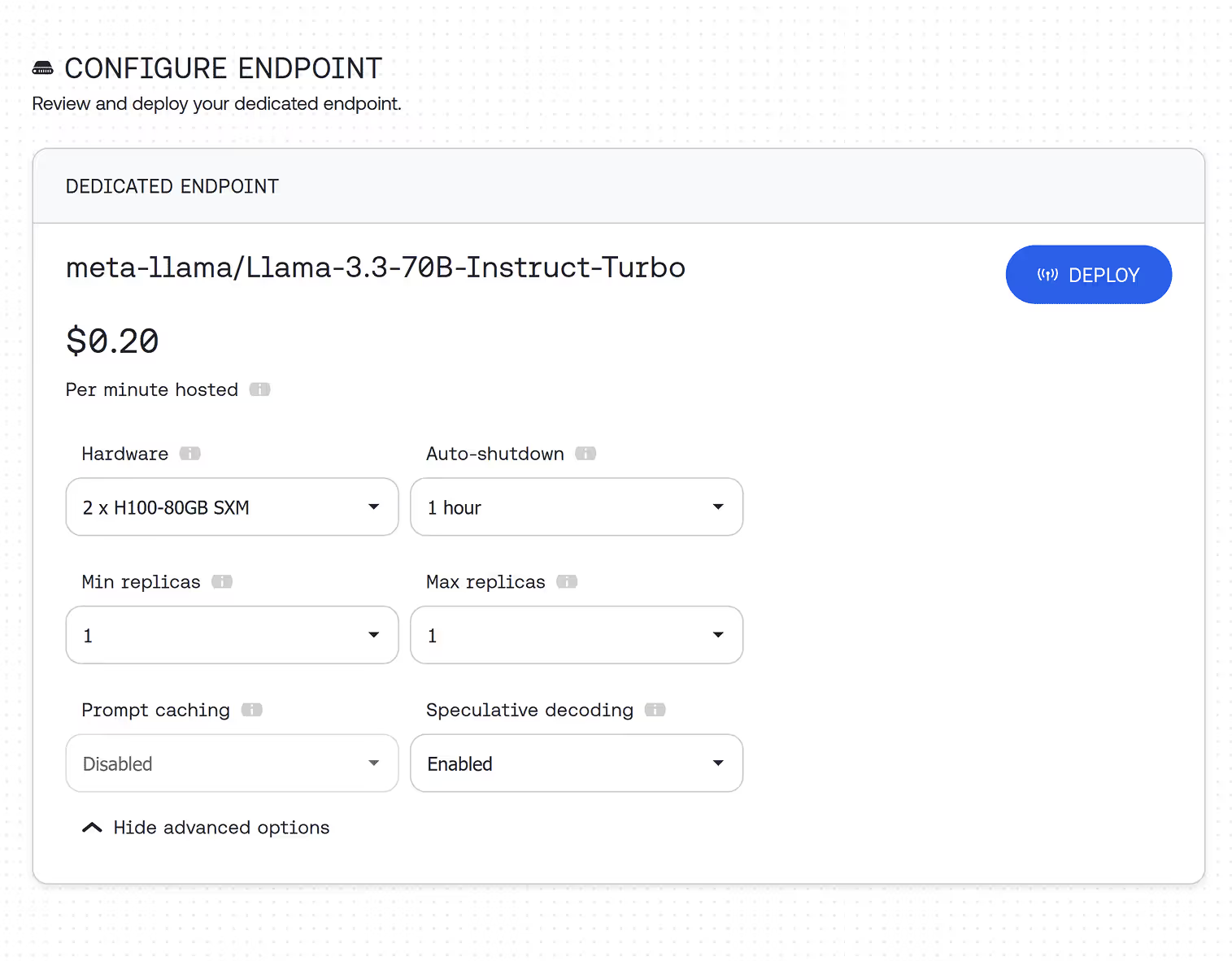Models / QwenQwen / / Qwen3 1.7B Base API
Qwen3 1.7B Base API
1.7B-parameter lightweight base model with 28-layer architecture trained on 36T tokens across 119 languages for resource-constrained applications.


This model is not currently supported on Together AI.
Visit our Models page to view all the latest models.
To run this model you first need to deploy it on a Dedicated Endpoint.
Qwen3 1.7B Base API Usage
Endpoint
How to use Qwen3 1.7B Base
Model details
Architecture Overview:
• Lightweight architecture with 28 layers, 16/8 Q/KV heads, 32K context
• Optimized for resource-constrained fine-tuning environments
• Maintains language capabilities while minimizing resource footprint
• Designed for efficient customization in limited computational scenarios
Training Foundation:
• Essential language modeling capabilities with maximum efficiency
• Optimized for fine-tuning in environments with strict resource constraints
• Fundamental knowledge base suitable for specialized adaptation
• Efficient knowledge transfer despite compact size
Fine-Tuning Capabilities:
• Highly efficient fine-tuning suitable for resource-limited environments
• Good adaptation capabilities despite size constraints
• Cost-effective training for creating lightweight specialized models
• Maintains functionality while minimizing computational overhead
Prompting Qwen3 1.7B Base
Base Model Characteristics:
• Foundation model for fine-tuning and custom applications
• No special prompting required for base model usage
• Fundamental language modeling capabilities with minimal resource requirements
• Designed for adaptation through efficient fine-tuning approaches
Resource Efficiency:
• Suitable for environments with severe computational constraints
• Efficient fine-tuning with minimal infrastructure requirements
• Cost-effective customization for basic language modeling needs
• Maintains essential capabilities while prioritizing efficiency
Development Considerations:
• Excellent for lightweight AI development projects
• Suitable for organizations with very limited computational resources
• Efficient prototype development for resource-constrained scenarios
• Good foundation for creating minimal viable AI applications
Applications & Use Cases
Resource-Constrained Development:
• IoT applications requiring custom AI training for specific device constraints
• Embedded systems needing specialized language model behavior
• Mobile applications with strict performance and size requirements
• Cost-sensitive AI development for small organizations
Educational & Research:
• Educational demonstrations of AI model customization
• Research in compact language model development
• Prototype AI development with minimal resource requirements
• Learning platforms requiring efficient AI integration
Specialized Scenarios:
• Applications requiring basic language model capabilities with extreme efficiency
• Development environments with severe computational limitations
• Edge computing scenarios requiring custom model behavior
• Budget-conscious implementations prioritizing essential functionality over advanced capabilities

